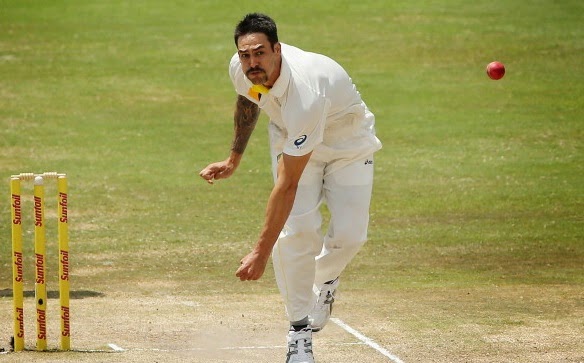5.1 Structure of the Bat
5.1.1 A cricket bat comprises two essential components: a handle and a blade.
5.1.2 This Law defines the bat’s fundamental requirements and dimensions, with comprehensive specifications outlined in Appendix B.
5.2 The Handle
5.2.1 The handle must predominantly consist of cane and/or wood.
5.2.2 Designate the upper section of the handle, which is entirely outside the blade, as the straight shaft used for gripping the bat.
5.2.3 The upper handle can be covered with a grip as defined in Appendix B.2.2.
5.3 The Blade
5.3.1 The blade constitutes the entire bat, excluding the handle, as defined in 5.2 and in Appendix B.3.
5.3.2 The blade must consist solely of wood.
5.3.3 All bats may feature commercial identifications on the blade, adhering to the size specifications in Appendix B.6.
5.4 Protection and Maintenance
Subject to the conditions outlined in Appendix B.4 and as long as it does not violate 5.5,
5.4.1 You may apply material that is not rigid, either at the time of application or subsequently, to the face, sides, and shoulders of the blade for the purpose of either protecting it from surface damage or repairing surface damage.
5.4.2 In the case of repairing the blade after damage other than surface damage:
5.4.2.1 Solid material may be inserted into the blade.
5.4.2.2 The only permissible material for any insertion is wood with minimal essential adhesives.
5.4.3 To prevent damage to the toe, one may place material on that part of the blade, as long as it does not extend over any portion of the face, back, or sides.
5.5 Ball Damage Considerations
5.5.1 For any part of the bat, covered or uncovered, the hardness of the constituent materials and the surface texture must not be such that it could cause unacceptable damage to the ball.
5.5.2 Similarly, any material placed on any part of the bat, regardless of the purpose, must not be capable of causing unacceptable damage to the ball.
5.5.3 Unacceptable damage refers to any alteration that exceeds the normal wear and tear caused by the ball’s contact with the uncovered wooden surface of the blade.
5.6 Ball Contact
In these Laws,
5.6.1 Unless specified otherwise, the batter’s hand or a glove worn on their hand holds the bat, implying reference to the bat.
5.6.2 Contact between the ball and any of the following:
5.6.2.1 The bat itself
5.6.2.2 The batter’s hand holding the bat
5.6.2.3 Any part of a glove worn on the batter’s hand holding the bat
5.6.2.4 Any additional materials permitted under 5.4
Shall be considered as the ball either striking or touching the bat or being struck by the bat.
5.7 Bat Size Regulations
5.7.1 The total length of the bat, with the lower handle section inserted, must not exceed 38 inches (96.52 centimeters).
5.7.2 The dimensions of the blade should not surpass:
- Width: 4.25 inches (10.8 centimeters)
- Depth: 2.64 inches (6.7 centimeters)
- Edges: 1.56 inches (4.0 centimeters)
Additionally, the bat must be able to pass through a bat gauge as described in Appendix B.8.
5.7.3 Except for size 6 bats and smaller, the handle’s length must not exceed 52% of the bat’s total length.
5.7.4 The material allowed for covering the blade in 5.4.1 should not exceed 0.04 inches (0.1 centimeters) in thickness.
5.7.5 The maximum permissible thickness of protective material placed on the blade’s toe is 0.12 inches (0.3 centimeters).
5.8 Bat Categories
5.8.1 Types A, B, and C refer to bats conforming to 5.1 to 5.7.
5.8.2 Type A bats are suitable for use in any cricket level.
5.8.3 Appendix B.7 outlines the specifications for Type D bats, designating them exclusively for junior players in junior cricket.
5.8.4 Bats categorized as Type B, Type C, Type D, or any other type can only be used at or below levels determined by the country’s Cricket Governing Body.
5.8.5 These Laws do not recognize bats that do not qualify for any of the four categories (A to D).



